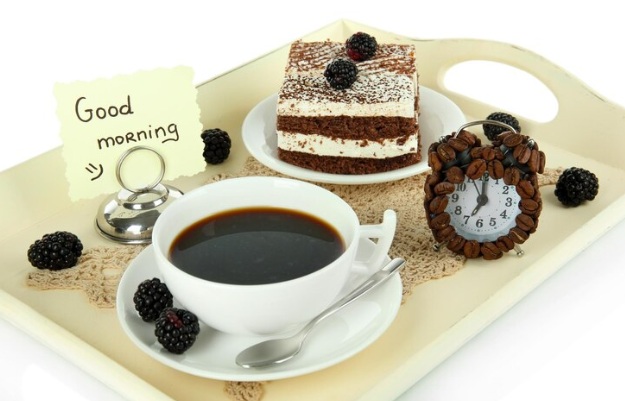What makes coffee cake different from cake? Coffee cake is notably different from traditional cakes in terms of its purpose, texture, ingredients, sweetness, and occasions for serving. Designed to accompany coffee or tea, coffee cake is usually enjoyed during breakfast or as a snack during coffee breaks. It features a dense, moist texture with possible inclusions like fruit, nuts, or cinnamon, and often comes topped with a crumbly streusel made from sugar, flour, butter, and sometimes nuts or spices. In contrast to the sweeter, often frosted traditional cakes, coffee cake tends to be less sweet and usually lacks frosting, opting instead for a light glaze or streusel topping. While traditional cakes are typically reserved for celebrations such as birthdays or weddings, coffee cake offers a more casual experience, suitable for everyday enjoyment.
Introduction to Coffee Cake: Understanding Its Unique Characteristics
Versatile and Understated Dessert
- Coffee cake is a versatile dessert that has been a part of breakfasts and tea breaks for centuries.
- Unlike traditional celebration cakes, coffee cake is designed to complement coffee or tea, not overshadow it.
Texture and Flavor Profile
- Coffee cake is generally less sweet than other cakes, often featuring a crumbly streusel topping.
- It may include fruits, nuts, and spices like cinnamon, enhancing its role as a comforting snack rather than a dessert.
Flexibility in Ingredients and Preparation
- Coffee cake allows for more experimentation with ingredients compared to traditional cakes.
- Common ingredients like sour cream or yogurt contribute to its moist texture, contrasting with the crunchy topping.
Comfort and Sociability
- Coffee cake is often enjoyed in casual settings, promoting sociability and shared conversations.
- Its subtle sweetness pairs well with the bitterness of coffee, creating a pleasing sensory experience.
Culinary Tradition and Evolution
- As we explore coffee cake, we see not just a recipe but a tradition that continues to evolve and bring people together, emphasizing simple pleasures.
Historical Background and Cultural Significance of Coffee Cake
Origins in Europe
- Coffee cake originated in Europe, where it was designed to be enjoyed with coffee.
- It became popular in regions like Germany, Denmark, and Scandinavia, each adding local flavors and ingredients.
Development in Germany: Kaffeklatsch
- In Germany, the tradition of Kaffeklatsch, a coffee and cake break, led to the creation of various types of less sweet, dense Kuchen.
- These cakes were tailored to complement the robust flavors of coffee.
Adaptation in the United States
- Immigrants brought their coffee cake recipes to the U.S., blending them with local customs and ingredients.
- By the early 20th century, coffee cake had become a staple in American homes, coinciding with the rise of coffee culture and home baking.
Symbol of Hospitality and Community
- Coffee cake has become a symbol of hospitality, often enjoyed during casual gatherings and quiet moments.
- Its role in bringing people together underscores its cultural significance as more than just a treat but part of a shared tradition.
Enduring Popularity
- Today, coffee cake remains a beloved treat, appreciated for its delightful pairing with coffee and rich cultural heritage.
- It symbolizes the tradition of sharing and community, making it a significant cultural and culinary element.
Ingredients Comparison with Regular Cake
Contrasting Ingredients and Purpose
- Coffee cake features ingredients that differ significantly from those in traditional cakes.
- These differences affect flavor, texture, and the cake’s role in eating occasions.
Core Ingredients in Coffee Cake
- Sour cream or yogurt are essential for moisture, contributing to a dense, soft texture.
- This moist texture complements drinks like coffee, which cleanses the palate between bites.
- Sour cream or yogurt also adds a tangy balance to the cake’s sweetness.
Sweetness and Flavor Enhancers
- Brown sugar or molasses replaces refined white sugar, enriching the flavor and moisture.
- Spices such as cinnamon, nutmeg, and cardamom are used for flavor and aroma.
Streusel Topping: A Textural Contrast
- The streusel topping provides a crumbly contrast to the moist cake.
- It typically combines flour, butter, cinnamon, and sugar for a crispy texture.
Dual Purpose of Coffee Cake
- Coffee cake aims to satisfy and provide a comforting snack alongside coffee.
- The ingredient choices allow bakers to experiment while preserving the cake’s essence.

